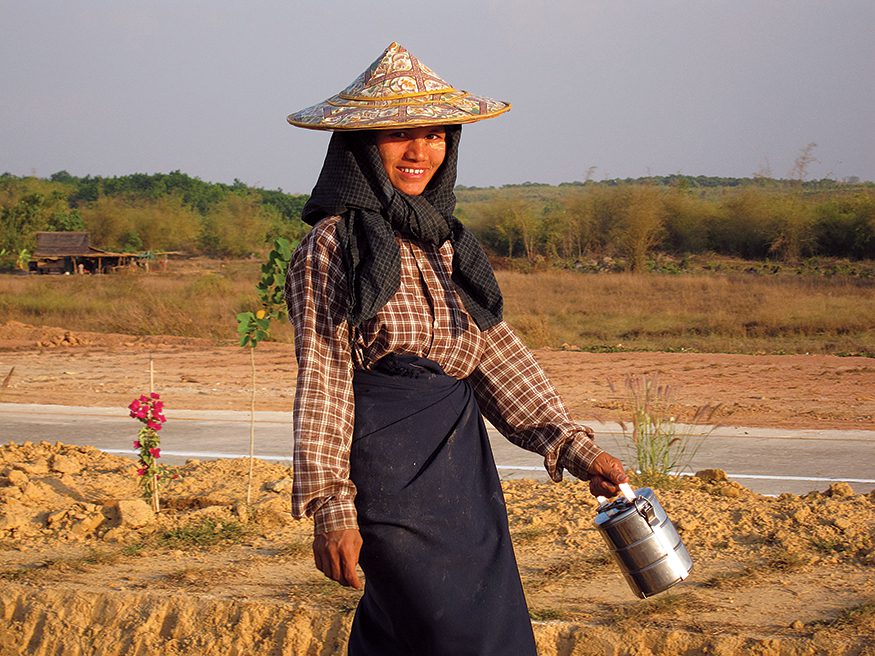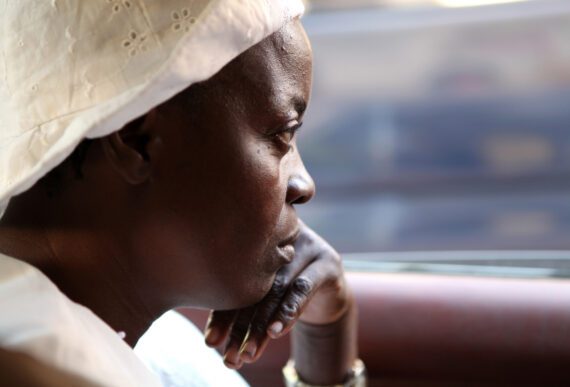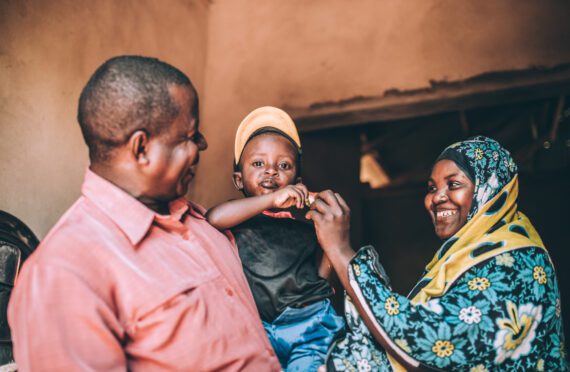By Jordan Teague
Bread for the World frequently makes the point that conflict is one of the main causes of global hunger.
Recently, a piece on Bread’s blog about Russia’s invasion of Ukraine drove home that point. This story is focused on another important aspect of hunger and conflict: the impacts on gender inequality. Women and girls are at greater risk of hunger and malnutrition in times of peace, and they are even more vulnerable to hunger during conflict.
There are many interconnected reasons that conflict causes disproportionate increases in hunger among women and girls, but they boil down to social and economic roles that have been shaped by pervasive gender discrimination. Women are the family caregivers, assuming sole or primary responsibility for taking care of children, elders, and family members who are ill.
Women also work much longer hours than men. This is because they are generally expected to handle the multitude of labor-intensive, unpaid tasks required to run a household. “Cooking,” for example, may involve traveling long distances on foot to bring back firewood and water, buying food, pounding grains and processing other foods as necessary, building and monitoring cooking fires, the cooking itself, and cleanup. The extra burden of work is often seen as simply part of women’s socially prescribed role. War makes the situation far worse, bringing with it increased workloads and a greater likelihood of women’s having to act as sole breadwinners and single parents.
Violence against women is another factor that increases their risk of hunger. Domestic violence is extremely common in many countries. As we pointed out in in the 2015 Hunger Report, When Women Flourish, We Can End Hunger, it may prevent survivors from farming effectively for days at a time. Other forms of gender-based violence also increase during conflicts, becoming a routine weapon of war in some contexts. Violence and the threat of violence create ripple effects in all parts of life. For example, it may be too dangerous for women to travel regularly to isolated fields to produce food.
War, in summary, destroys essential parts of the family connections, social networks, and community solidarity that enable people to live healthy lives. At risk is a woman’s livelihood, access to land to grow food, physical safety, home, possessions, and ability to remain together with her husband, children, or other close relatives as a family unit.
Bread for the World has developed a set of guiding principles for hunger advocacy in conflict situations. It focuses on preventing conflict, providing effective humanitarian responses during conflict, and engaging in constructive ways to help post-conflict countries rebuild and recover.
As we have mentioned before, the COVID-19 pandemic and the resulting global economic downturn caused hunger to increase significantly in both 2020 and 2021. Humanitarian agencies have named 20 countries as priorities because people are living in emergency situations, some akin to famine. The agencies report that there are at least 20 more countries where people are also living with acute hunger. Afghanistan, Democratic Republic of the Congo, Ethiopia, Myanmar, five countries in Africa’s Sahel region, South Sudan, Syria, and Yemen are just some of the places people are facing hunger crises due to conflict and fragility.
The United States and its global partners need to provide robust funding for food, water, and other humanitarian assistance for immediate use in countries where people—many of whom, of course, are women and girls—are facing severe hunger.
Jordan Teague is interim director, policy analysis and coalition building, with Bread for the World.



